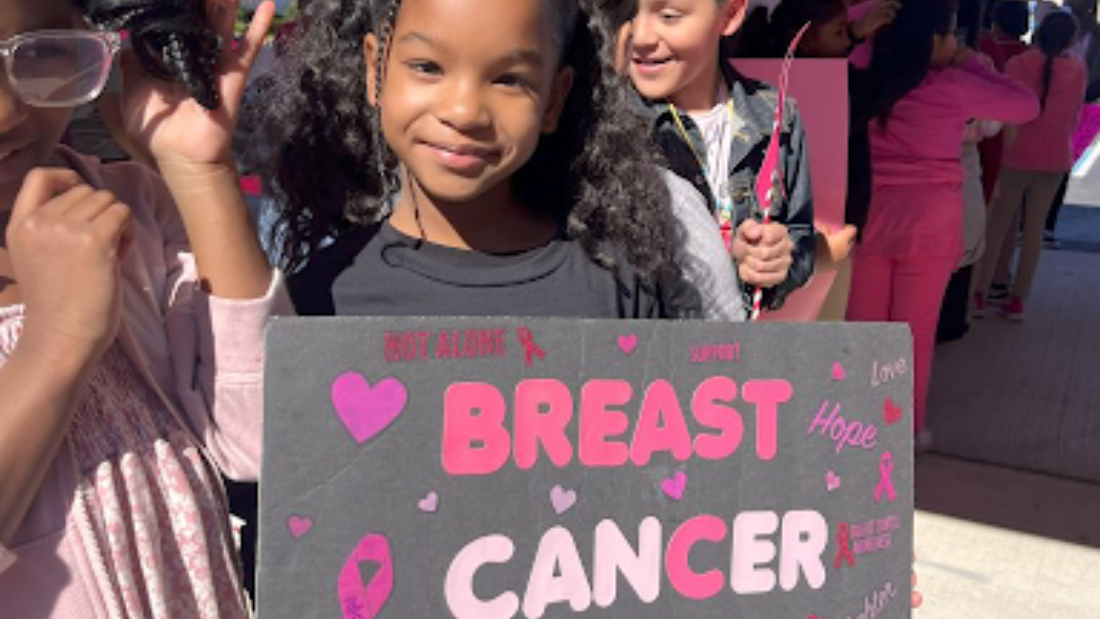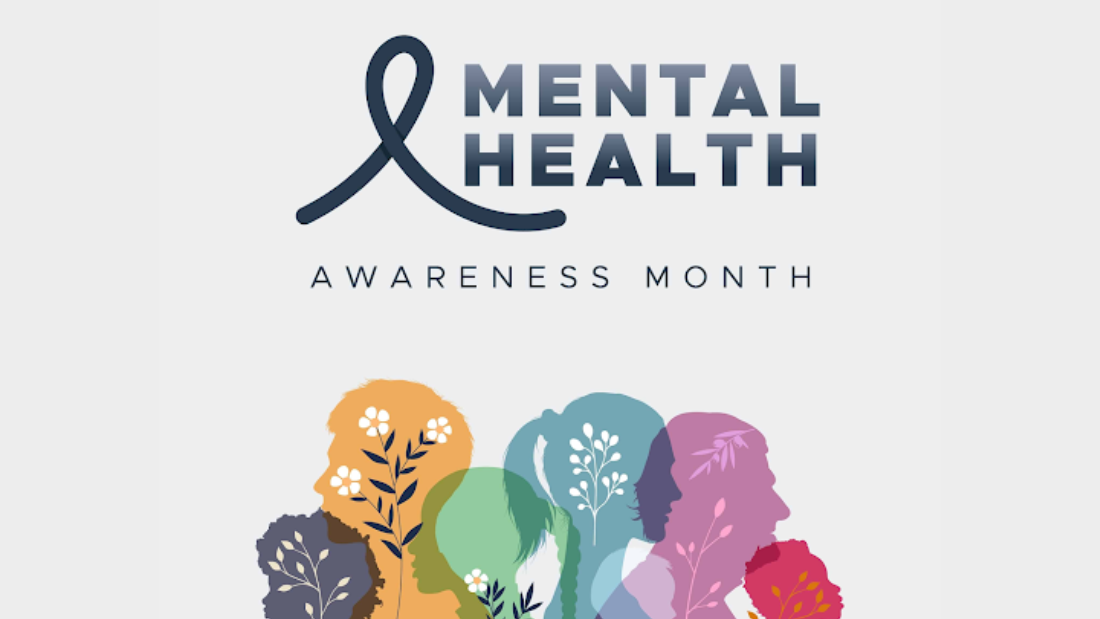As the leaves turn golden and the crisp air signals the arrival of fall, excitement builds for one of the year’s most beloved holidays: Halloween. The thrill of costumes, decorations, and the prospect of sweet treats is palpable. However, as parents prepare for this festive occasion, it’s essential to balance that excitement with safety. With a few thoughtful precautions, families can have a joyous Halloween filled with fun and minimal worry.
First and foremost, choosing the right costume sets the tone for a night of fun while keeping safety in mind. Parents are encouraged to opt for costumes that are made from fire-resistant materials. Additionally, favoring bright colors or reflective elements ensures visibility in the dark. It can be a great bonding activity to involve children in the process of choosing or even creating their own costumes while discussing the importance of staying safe.
As families take to the streets for trick-or-treating, the buddy system comes highly recommended. Parents should accompany younger children, while older kids can traverse the neighborhood with friends. Establishing a designated route in advance helps everyone stay on track and ensures they know safest areas to visit. It’s also wise to choose neighborhoods that are familiar, where safety is more easily ensured.
While most candy is safe, it’s always a good idea for parents to check treats before allowing little ones to indulge. Inspecting candy for wrappers that are unsealed or damaged can help avoid any unwanted surprises. It’s the perfect opportunity to discuss which treats are not only favorites but also safe to enjoy.
Reflecting on the traditional spooky decorations that adorn homes at this time of year, parents should prioritize a safe setup. Keeping pathways clear of any tripping hazards and ensuring outdoor lights are in good working order can prevent any potential accidents for both guests and trick-or-treaters. For those with pets, securing them away from the front door can reduce their stress and keep visiting children safe.
Ultimately, Halloween is a time for community and joy. By creating a plan, discussing safety measures with children, and remaining vigilant, parents can foster a sense of security while allowing their families to indulge in the festive spirit. This Halloween, the goal is to embrace the chills and thrills together, turning fears into familiar laughter and creating cherished memories that last a lifetime. With a sprinkle of care and a dash of humor, safety can walk hand in hand with fun.










